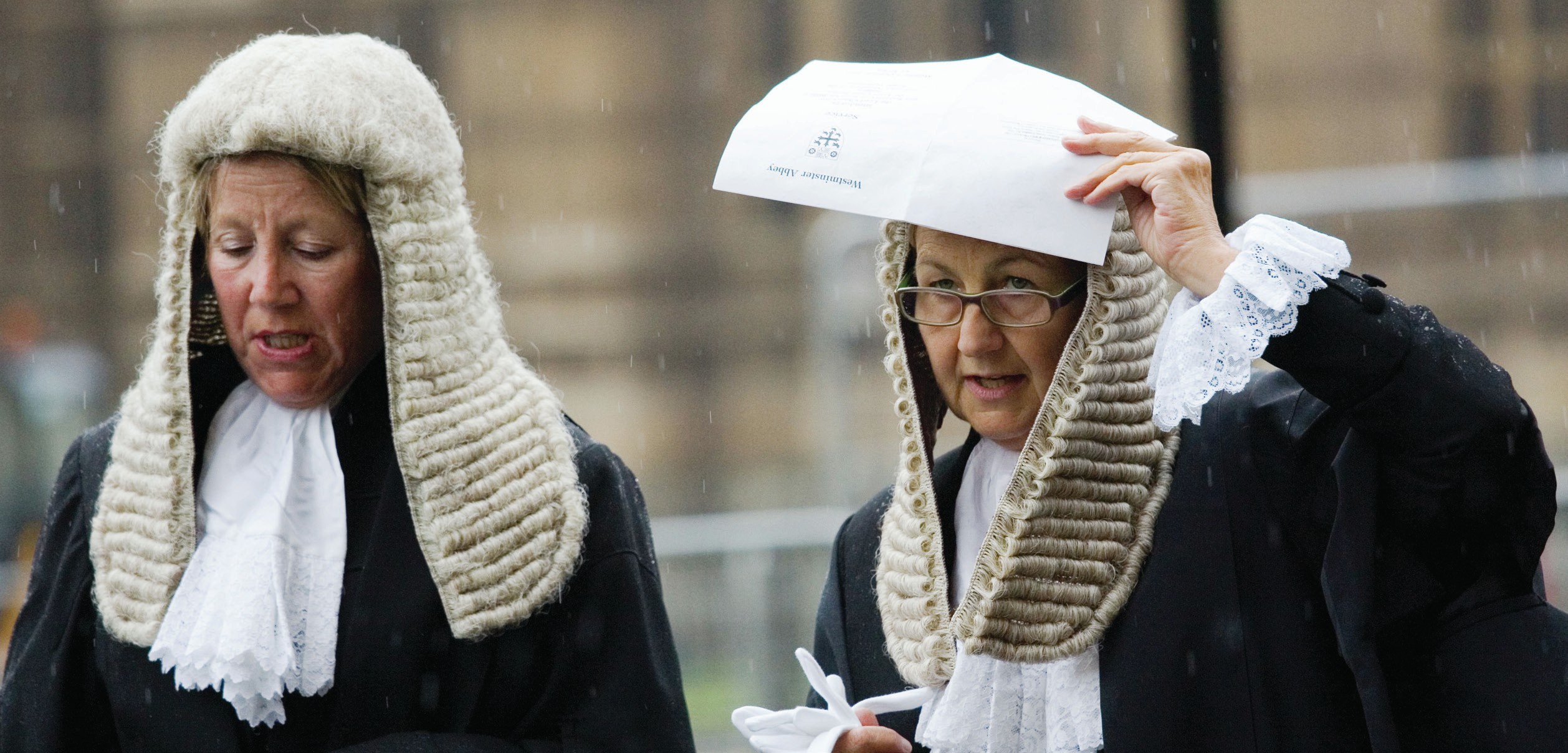
Rosemary Hunter provides you with an unusual example of the use of experiments in social science. First, her article discusses the interesting question of whether female judges would be likely to reach different legal judgements from their male counterparts. She then gives an example from the USA where this question was explored. The article goes on to raise another interesting question of whether feminist judges would reach different conclusions from other judges, whether male or female. You should note carefully the information given about the Feminist Judgment Project, and if possible visit the website listed in the references at the end of the article. Rosemary Hunter also provides an example of some practical implications of feminist theory. The information here is relevant to the topics of ‘Crime and deviance’, ‘Methods’ and ‘Sociological theories perspectives’.
In recent years there have been significant changes in the gender and racial profile of the legal profession in England and Wales. Women now make up almost half (45.2%) of solicitors and almost one third (31.5%) of barristers. Some 10.6% of solicitors and 9.6% of barristers are now from black or minority ethnic backgrounds. Yet this increasing diversity is not reflected in the top ranks of the judiciary. Only 15.5% of High Court judges and 9.3% of judges on the Court of Appeal are women. There is only one black judge in the whole of the senior judiciary, and only one (white) woman alongside ten men on the Supreme Court, the highest court in the UK. But what if this picture were different? What if there were more women judges?
Your organisation does not have access to this article.
Sign up today to give your students the edge they need to achieve their best grades with subject expertise
Subscribe




